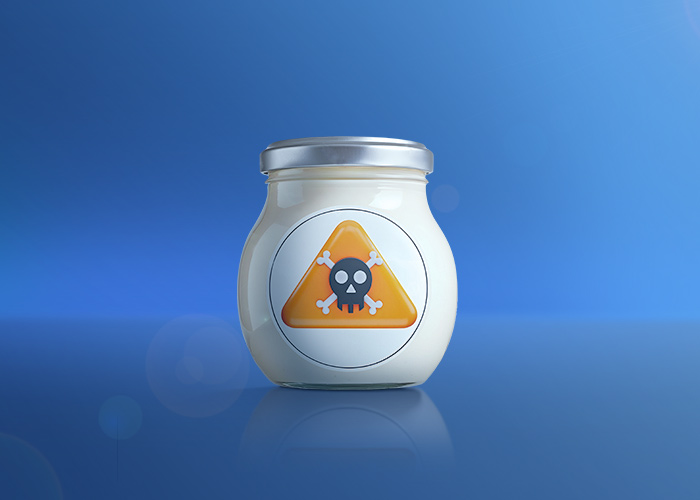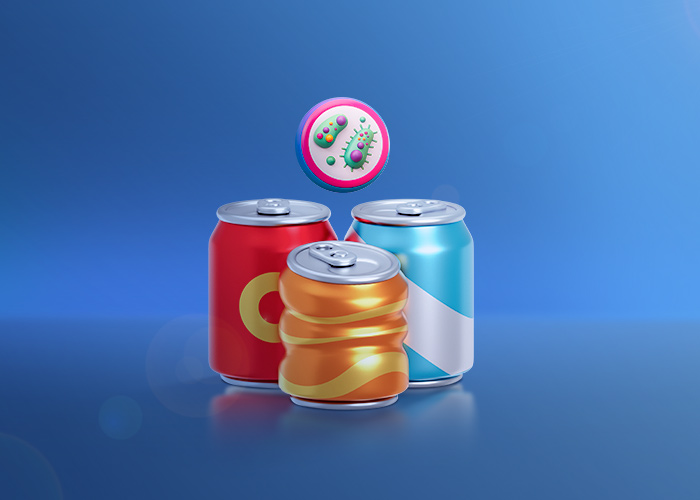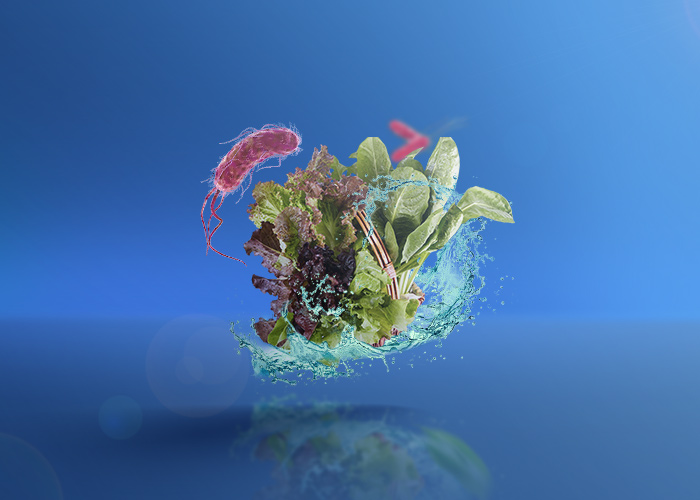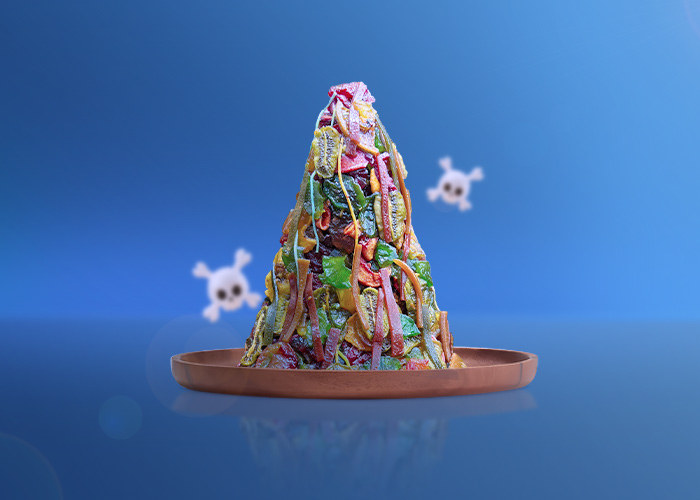-
Support
-
email
- sign up/sign in
Quality of Life
Khatam Marjaan services
Lab services
Mycotoxins : Aflatoxin B&G Aflatoxin M1 Ochratoxin A Zearalenone Deoxynivalenol Patulin
More details
Sampling and Inspection Services
Marjaan Khatam Co. has the Inspection license in inspection of local and exported goods in following fields
More details
Training services
Marjaan Khatam Co. has two licenses from Iran National standard Organization (INSO)
More details
About MarjaanGroup
Marjaan Khatam Service, Education and Research Company (Special Shares) (Danesh Banyan) was registered as a completely private and independent company in 2010 in the General Directorate of Registration of Companies and Non-Commercial Institutions of Tehran Province and started its activities in the same year.
Scientific Content
Latest Scientific Content

25 November
Facts about Mayonnaise
Marjaan Khatam / 0
It may has happened to you too! When having food or salad, we carelessly add a spoonful of mayonnaise to it and say, "That's nothing!

25 November
Contamination on Beverage Caps
Marjaan Khatam / 0
When you buy a soda or any other beverage, do you just open its cap when consumption and drink it straight away?

25 November
Heavy Metals in Food: What Are They and What Are Their Health Risks?
Marjaan Khatam / 0
Heavy metals refer to metals (such as lead) or metalloids (such as arsenic) that, when compared at equal amounts, are heavier than other metals. They naturally exist in small quantities in the Earth’s crust and cannot be destroyed or eliminated

12 November
Home-Based Vegetable Sanitization
Marjaan Khatam / 0
Fresh vegetables are rich in vitamins, minerals, fiber, antioxidants, and other essential nutrients, playing a vital role in maintaining health and strengthening the immune system.

12 November
Unpackaged Mixture of Pureed Sour Fruits and Fruit Leather (Lavashk); Delicious but Dangerous!
Marjaan Khatam / 0
If you have been to recreational places or local markets, you must have seen open and colorful pureed sour fruits and Lavashk that you were tempted to buy for yourself or your child!

28 October
Why should you take the scratches and dents on your kitchen cutting boards seriously?
Marjaan Khatam / 0
Have you ever looked carefully at your kitchen cutting boards? After a while of use, they become full of scratches and dents!

28 October
When buying eggs, don't forget to consider these 4 tips!
Marjaan Khatam / 0
The egg shell is thin and full of pores, and since the egg white and yolk are sources of protein and water, they provide a suitable place for bacteria to grow. If the egg is kept outdoors, there is good possibility for the bacteria to grow faster in it and the water inside to evaporate quicker, causing the egg to lose its nutritional value and quality.

28 October
Everything About Milk: Types, Processing, Advantages and Disadvantages of Different Kinds of Milk
Marjaan Khatam / 0
Milk is considered one of the most nutritious and complete foods known in the world, with a long-standing history of consumption across various cultures.










